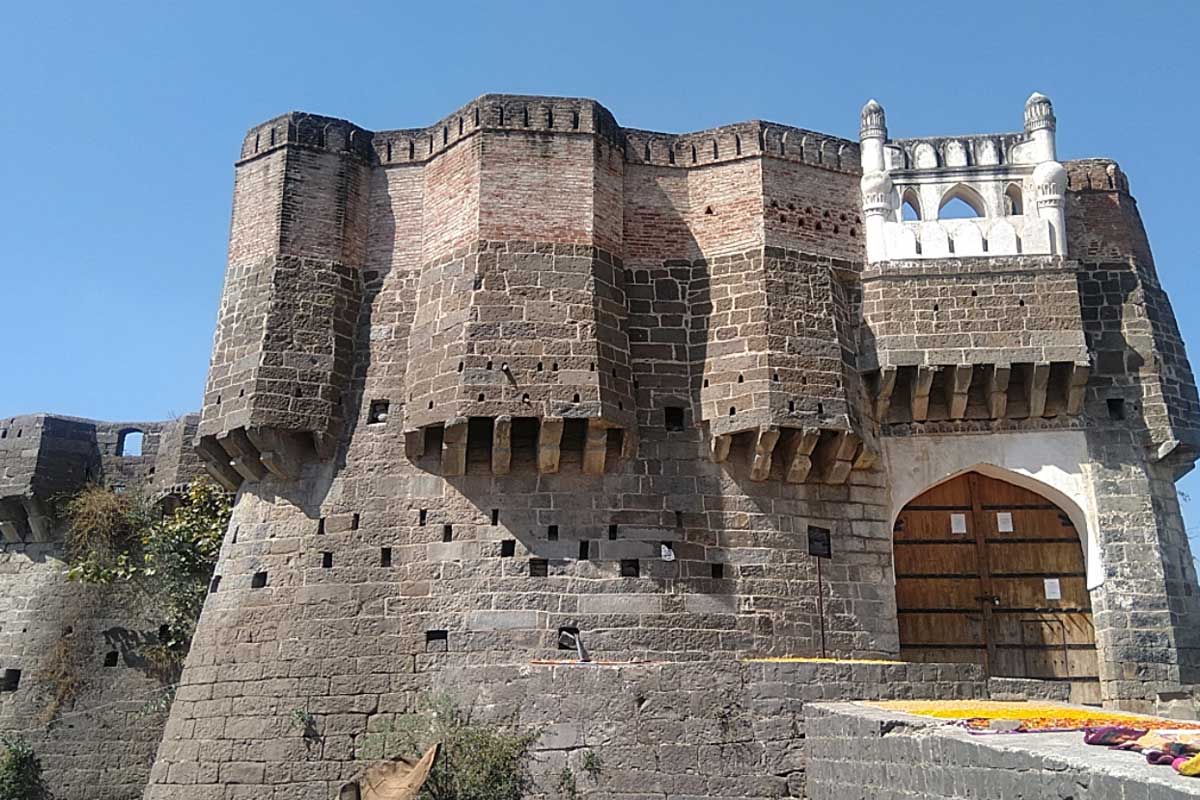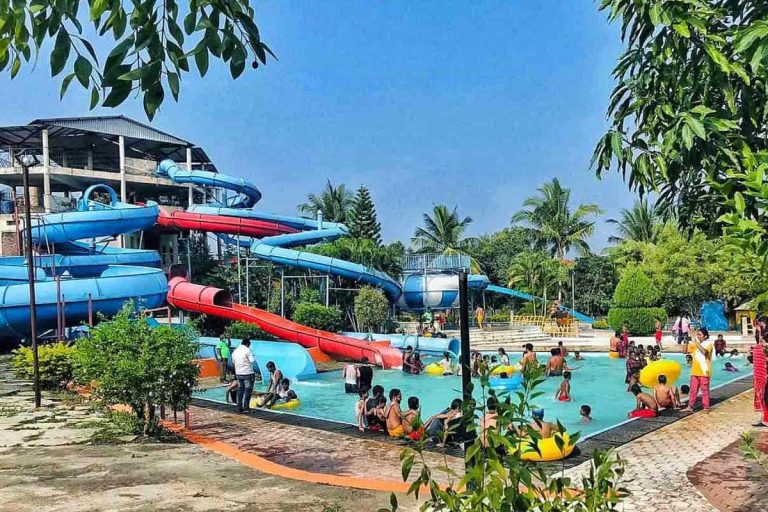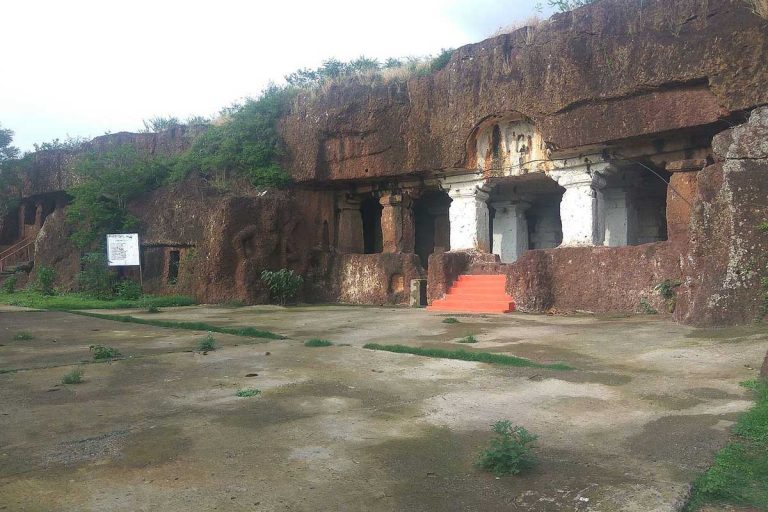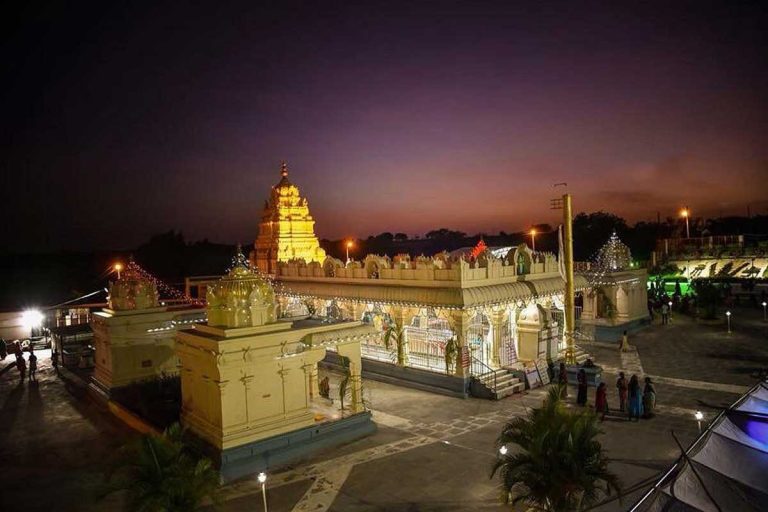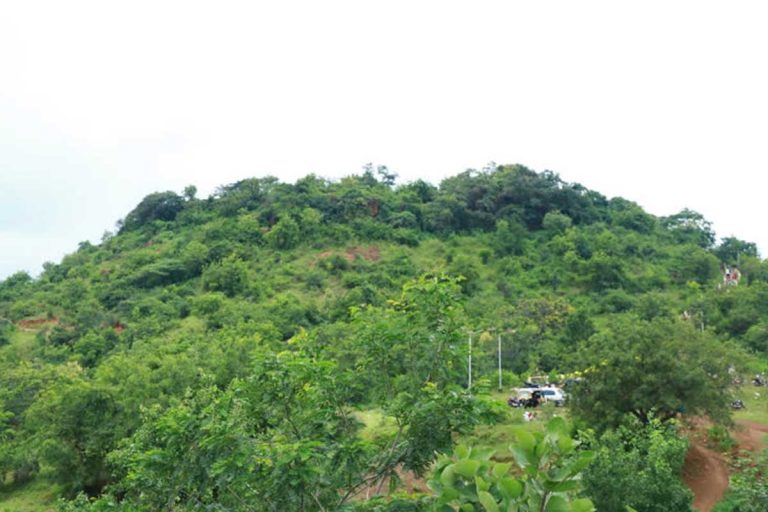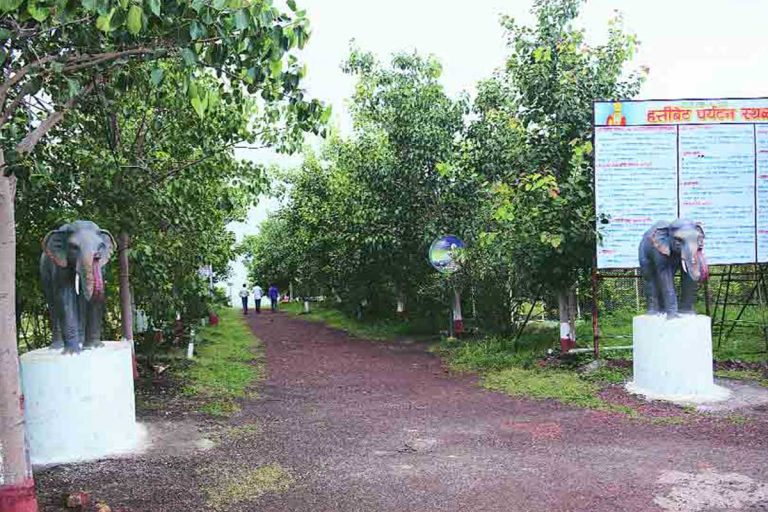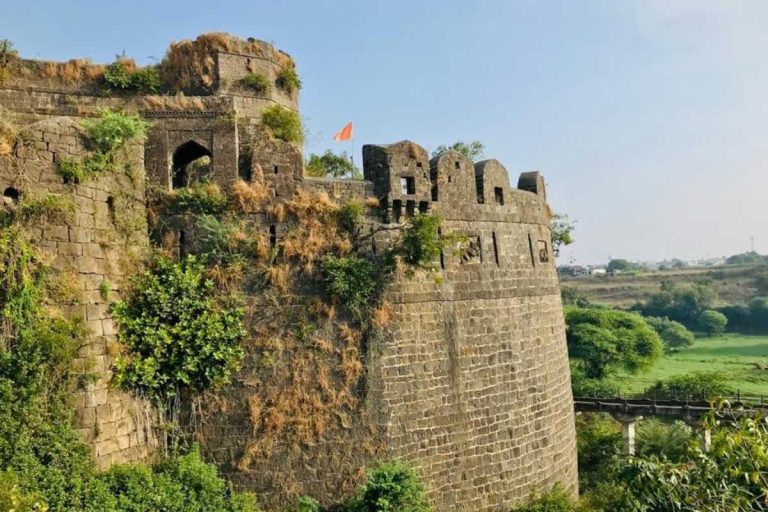Ausa Fort
Ausa Fort is a Bhuikot fort standing in an area of 5.52 hectares south of Ausa town. During the Bahamani rule, Mahmud Gawan was appointed as the Chief Vizier of Bahamani in 1466 AD. It was during his viziership that he built the Ausa fort. The main part of this fort is hidden in the deep area. This fort is not visible unless you go very close. Some of the buildings in the fort and some parts of the fortifications are influenced by Turkish and European architectural style.
The city of Ausa has special historical and religious significance. The city of Ausa was named Amarapur during the reign of Malik Ambar in 1014 Hijri. An ancient record of the town of Ausa is a copper plate inscription of the Chalukya king Vijayaditya of Badami. The word Uchhiva Twarishat is a Sanskrit word meaning superior or chief. “Auchcha” is mentioned by the 8th century Jain writer Jinsen. The famous poet Jainmukhi Kankamar was a resident of Ausa. He has written a book of poetry “Karkand Charyu”. In this poem he mentions the city of Ausa as “Asai”. New customs like Uchhiva, Auchha, Asai, Ausa may have been formed since ancient times. Ambajogai inscription (1150 CE) of Kholeshwara period of the Yadava period mentions Ausa along with Udgir. Ausa was also famous as a center of administrative division during the Yadav period.
Ausa’s Bhuikot Fort
Bhuikot fort is located in Ausa, its area is 24 acres and 30 guntas. The fort is surrounded by a moat, which is still in good condition. There are many wells in the moat. The first large gate to enter the fort adjacent to the moat is called the “Lohbandi” gate. After entering through the gate, there is a gate called “Ahshma” on the first bank of each fort. This is the only entrance to the fort. The Lohbandi Darwaza is facing east. There are two forts in total in the fort. Inside there are many buildings like Ranimahal, Lalmahal, Panimahal etc. There are three important wells in the fort namely Paribavadi, Katorabavadi and Chand Bavadi. Ausa Fort was built during the reign of Muhammad Gawan, the chief wazir of the Bahmani kingdom of Bidar.
Political Significance of the Fort
The fort in the city had political significance during the historical period. This city was important from Yadavpurna period. A.D. In 1357 Bahamani Sultan established his power here. This fort was later captured by the first Burhan Nizamshah. Between Nizamshahi vs Adilshahi and Mughals in AD. Aushya is mentioned in the decree of the treaty concluded in 1635. This fort was conquered by the special order of Mughal Emperor Shah Jahan. During the Maratha War of Independence, many skirmishes took place in this area between Dhanaji Jadhav and the Mughal general Zulfikar Khan. In 1852, the British took this area as a mortgage from the Nizami Institute of Hyderabad. They were in control of this area till 1857-58. At that time Colonel Medes Taylor was the head of Naladurg district as the British Commissioner. The monastic tradition here is also old. Ausekar Maharaj, Paddyappa Math, Kaukadi Baba’s Math, Gosaya’s Math, Nange Baba’s Samadhi, etc. are rich in the city.
Ausa Bhuikot fort is located 20 km from Latur on Latur-Tuljapur National Highway No. 361. Vehicle arrangements can be made to reach there.

